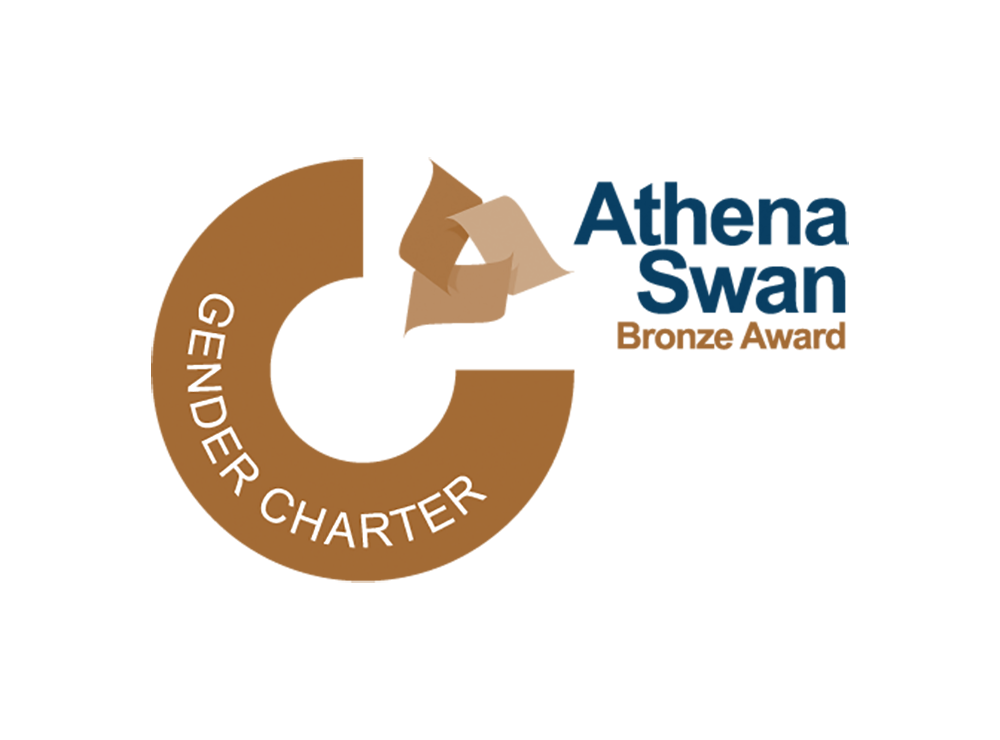Current filters applied:
- (-) Remove Recently Completed Projects filter Recently Completed Projects
- (-) Remove Environment, Landscapes and Settlement filter Environment, Landscapes and Settlement
Displaying 21 projects
Anthropogenic Wetlands and the Long Transition to Agriculture in the Levant (Anthropogenic Wetlands)
The project will develop an innovative new model to examine the pivotal role of anthropogenic wetlands in the long transition to agriculture in the Levant. Remarkably, while this transition has been explored in some detail, we still do not have a good grasp on the long-term developments and causes...
‘BODIES MATTER’ focuses on the material culture of bodies (and the self) in colonial borderlands by comparing three frontiers at various periods and geographies: the Spanish Empire’s southern borderland in the Americas in the AD 16th-19th century, the Punic western Mediterranean in the 6th-2nd...
A multidisciplinary project investigating the interrelations between crop plants, insect pollinators, and human management in prehistory.
Coastal Origins: Earliest human occupation of the shoreline
This project, funded by the McDonald Institute and the Society of Antiquaries, aims to survey of a WWI POW camp in Jersey in collaboration with the University of Liverpool and Bristol.
This research employs archaeobotanical and biomolecular methods to reconstruct ancient agropastoral change over the first millennium CE in two microregions, the Aravah valley along the southern border of modern Israel-Jordan and the adjacent Negev Highlands. The region witnessed unprecedented...
This project is documenting the knowledge, skills, and practices of traditional dry-stone masonry at Great Zimbabwe, southern Zimbabwe. Once the capital of an Iron Age empire, Great Zimbabwe is an ancient settlement complex with dry-stone structures covering over 720 hectares. Around it, local...
Now represented by only two living genera restricted to tropical forests, sloths once were a dominant group within South American ecosystems until as recently as 10 ka, right before the last ice age extinction. Fossil sloths are considered plant eaters, like their modern relatives, but their...
Farmers at the Shoreline is a British Academy-funded project to survey and excavate coastal shell midden sites associated with the earliest black farming communities in South Africa. The project will locate cryptic archaeological sites in iSimangaliso Wetland Park in KwaZulu-Natal, one of the few...
Geoarchaeological research on Bantu landscapes is being carried out as part of the interdisciplinary Bantu Mobility Project. This project is exploring Bantu expansions in the Kafue floodplain of central Zambia. By combining archaeological survey and excavation, spatial analysis, historical...
The aim of H-E Interactions is to investigate how increasingly anthropogenic wetland landscapes, and the reliable resources within those environments, influenced the evolution of plant-food production and the origins of agriculture through the Final Pleistocene and into the Early Holocene (ca. 23-8...
MedAfrica Project - Archaeological deep history and dynamics of Mediterranean Africa, ca.9600-700 BC
This project sets out to produce a comprehensive, problematised synthesis and interpretation of long-term social and economic dynamics along Mediterranean Africa during the Holocene (9600-700 BC).
MendTheGap - Smart Integration of Genetics with Sciences of the Past in Croatia.
This project integrates maritime archaeology, history, geophysical survey and anthropology to investigate illicit trade between the Caribbean islands St. Eustatius, Saba, St. Thomas, St. Bartholomew and St. Maarten from 1816 to c.1840 with the aim of understanding: -The entanglements between...
SCATTER investigates the multivocal notion of territory in Protohistory through the study of settlement patterns in ecological settings. Specifically, SCATTER focus on the Central Anatolian region during the Middle and Late Bronze Age, i.e. the second millennium B.C. The goal is to acquire better...
What does a river do? As anyone who has lived by one knows, rivers structure human worlds in many ways. This project explores the role of Europe’s greatest river in the formation of new societies, in and after the last centuries of the Roman Empire in the West (150–700 AD). The Danube occupied a...
An international and interdisciplinary investigation of the interplay and dynamics of winter and summer rainfall systems and human adaptation to the ecological conditions created by those systems.
This project is examining resource landscapes and urban transition on Zanzibar during two major periods of urban growth. Fieldwork at Unguja Ukuu (7th–15th centuries) and Tumbatu (11th–15th centuries) on Zanzibar is exploring domestic contexts and investigating resource uses supporting the...
This project brings together several research streams to examine the nexus relations between land and water resources, societal development, and landscape stability in sub-Saharan Africa. What processes and practices support long-term settlement and resource use? How did past societies secure water...
The Assyrian Empire was the first multinational empire in the ancient near east. By the seventh century BC it had grown to cover all of Iraq, Syria and the Levant, substantial portions of western Iran and south-eastern Turkey and even, for brief periods, Egypt. In the site of Ziyaret Tepe we have...
This project aims to improve the poor integration of localized data linking various WASH dimensions (infrastructure, access, practices) and children nutritional status at the population level as well as the poor involvement of policy makers concerned with WASH in local and country level nutritional...


